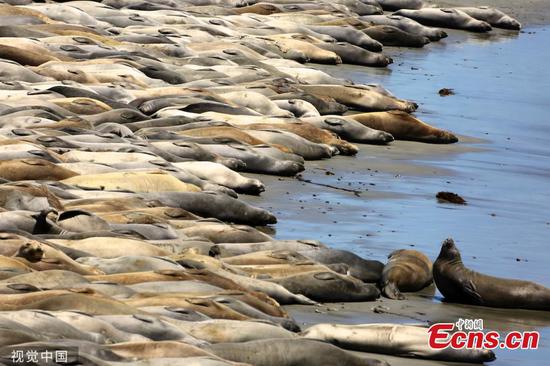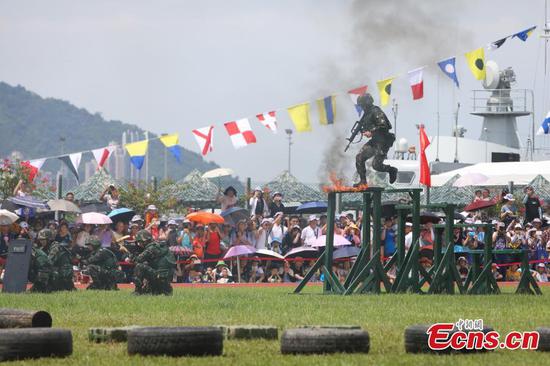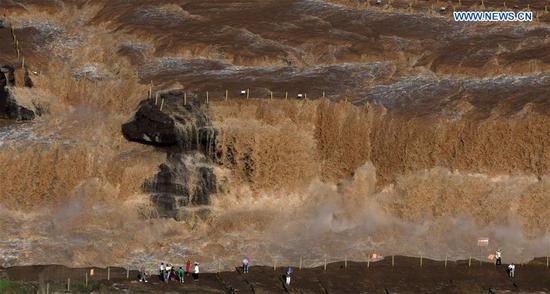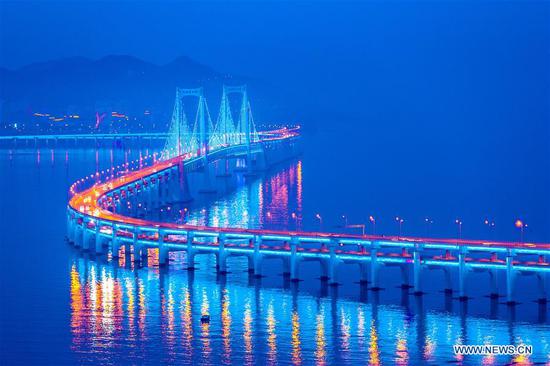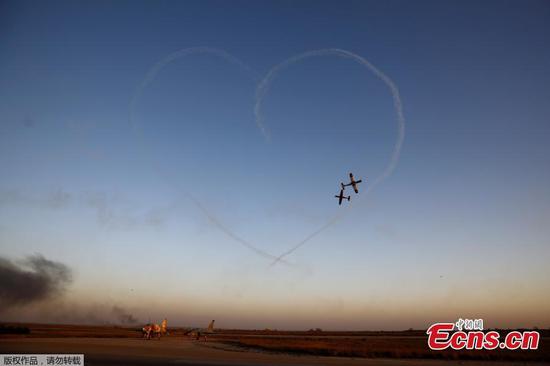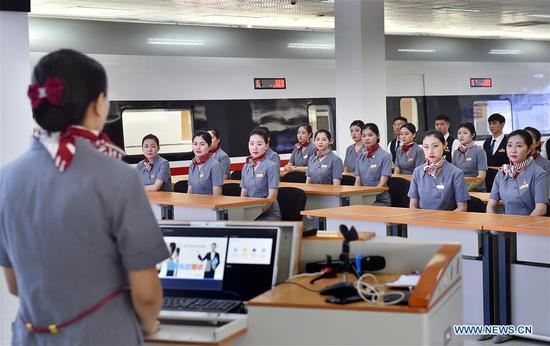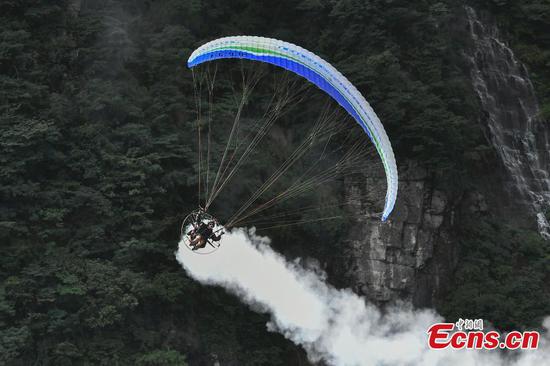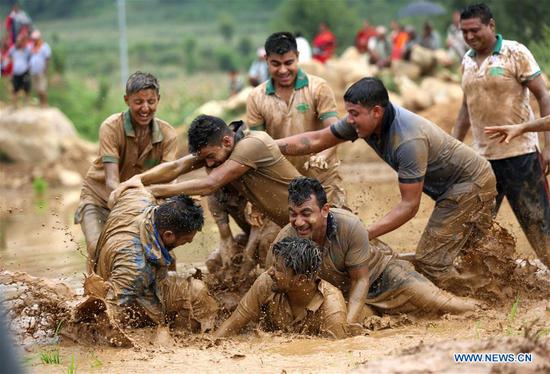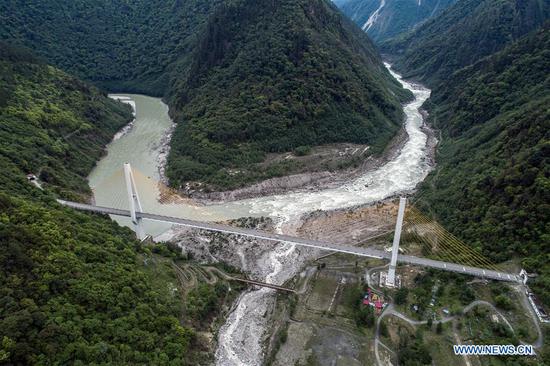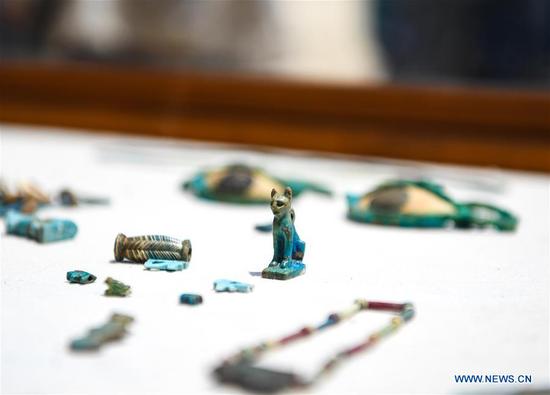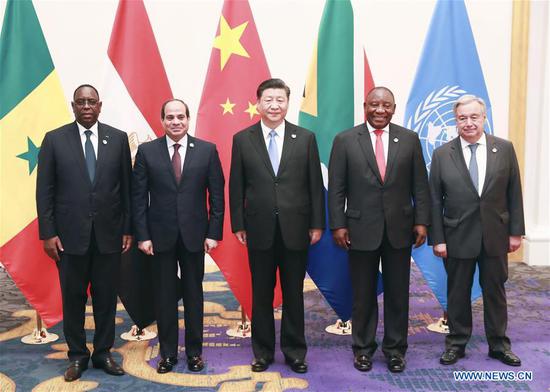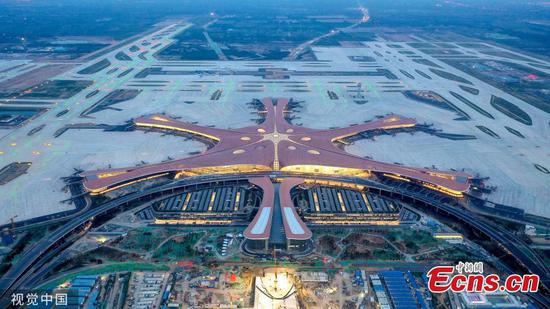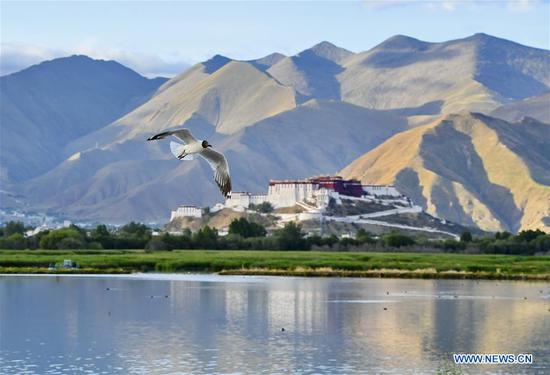Rising tensions between the United States and Iran in the Gulf echo an earlier conflict more than 30 years ago in which scores of innocent civilian lives were lost.
The current fl are-up between the two longtime antagonists has, so far, been limited to a war of words, with Washington accusing Iran of being behind a series of attacks on tankers in the Gulf of Oman and Teheran denying its involvement.
The two sides have been increasingly at odds since U.S. President Donald Trump took the U.S. out of a nuclear deal with Iran that continues to be backed by other powers, including Europe, Russia, and China.
He imposed economic sanctions to try to force Teheran to negotiate a new deal to limit Iran's nuclear aspirations.
But the rising tensions of recent weeks are a reminder that issuing belligerent threats in order to gain diplomatic advantage can often go horribly wrong, if error or miscalculation accidentally spark a military skirmish or an outright war.
Toward the end of the 1980-88 war between neighboring Iran and Iraq, a conflict in which most other countries had been theoretically neutral, the U.S. dispatched warships to the Gulf to protect international shipping, including Kuwaiti tankers, from attacks by Iranian forces.
Iran's attacks and its laying of mines in the strategic waterway were in response to Iraqi attacks on its oil installations that had been largely ignored by Western governments. Throughout the war, Iraqi attacks on shipping had slightly exceeded the Iranian toll.
Teheran saw the U.S. naval intervention as an indication that Washington had in effect come down on Iraq's side in the war. The scene was set for a head-on conflict that could be sparked by mistake, although the two sides were to fight only one day-long naval engagement, when U.S. forces attacked two Iranian oil rigs.
And then, on July 3 1988, the U.S. guided missile cruiser the USS Vincennes shot down an Iranian aircraft that it had ostensibly identified as an Iranian warplane. It was in fact a scheduled Iran Air passenger flight on route from Teheran to Dubai. All 290 crew and passengers, including more than 60 children, were killed as the Airbus A300 crashed into the waters of the Gulf.
Iran saw the downing as deliberate, while subsequent U.S. investigations revealed chaos and confusion aboard the U.S. vessel after an unidentified aircraft was spotted.
Iranian officials, including the powerful future president Hashemi Rafsanjani, were convinced that the attack was a warning that his country now faced an outright war with the United States. Within months, he persuaded Iran's spiritual leader, Ayatollah Ruhollah Khomeini, to accept a settlement in the stalemated war with Iraq.
Most outside experts have concluded, however, that the downing of the Airbus was a tragic and reckless error. With all cross-Gulf flights suspended after the incident, I joined several journalist colleagues who shipped out of Dubai on a battered coaster from Sharjah in the hope of reaching the Iranian port of Bandar Abbas and subsequently Teheran.
After a 19-hour voyage in which the crew wrestled with a faulty engine and kept watch for sea mines, we were boarded by a squad of Iranian Revolutionary Guards who greeted us with a cheery "Welcome to Iran!" We landed and made our way to the chaos of the local airport where there seemed no hope of finding an early flight to Teheran. Scheduled flights had yet to resume.
Then a helpful official suggested we could hop a ride aboard the transport plane that was carrying the remains of the Airbus victims to the Iranian capital.
The half dozen of us were hustled across the tarmac at night and told to find a place in the massive hold just inches from the makeshift coffins that carried the bodies.
As the C-130 sped down the runway and the plane neared takeoff , a rope broke and the coffins went crashing toward the rear of the hold. The quick-thinking loadmaster called the pilot to abort and the speeding craft came grinding to a halt.
We were quickly hustled off by a crew that looked as shocked as we were.
"Why are you Westerners so afraid to die?" the pilot later challenged us after admitting it had been a close thing.
With that, we were quickly found places on an Airbus to Teheran, the first passenger flight to take off following the fatal incident.
My neighbor was a Pakistani man who had lost five relatives in the disaster. He was heading to Teheran for their funerals.
As the engines started up, passengers and even some of the crew burst into tears.
As the plane lifted off , there was a defiant chorus of "Allah-o-akbar"-God is Great.










